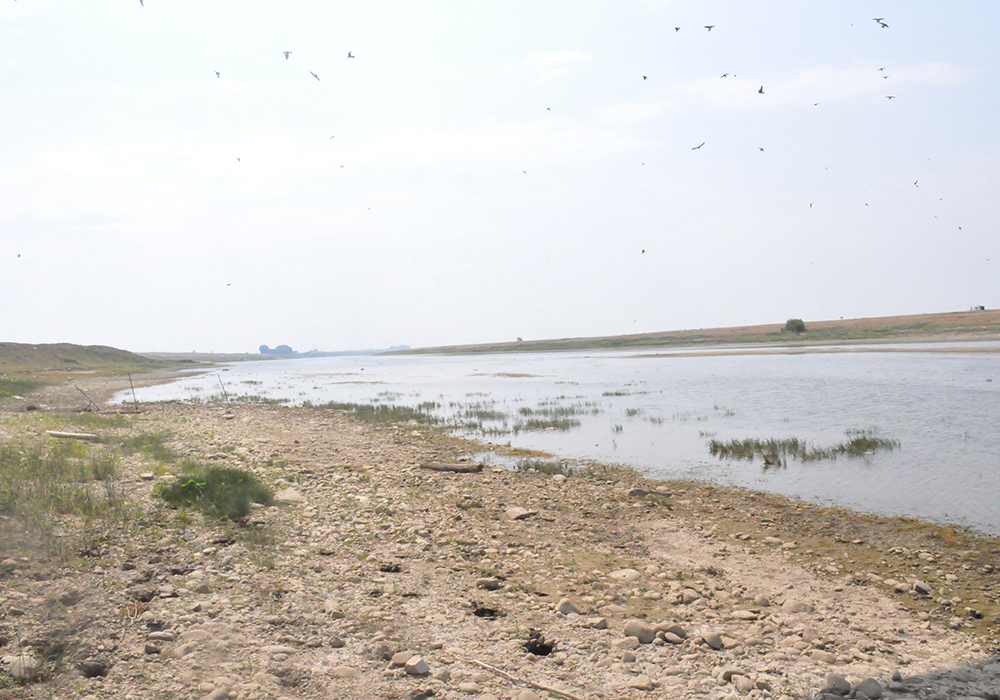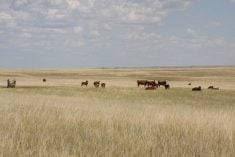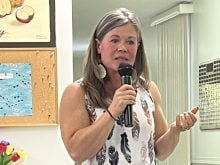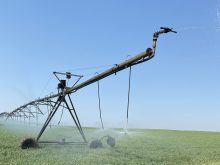The situation along rivers and in reservoirs across southern Alberta received a reprieve from deteriorating conditions on the last day of September, but challenges remain as the last few irrigation districts shut off their taps for the season.
Rainfall in late September was among the largest seen in weeks and was also widespread and felt from the Eastern Slopes to the Saskatchewan border. The rainfall resulted in one-day accumulations ranging from 38 millimetres in Pincher Creek to 8.5 mm in Medicine Hat.
Related stories on this issue:
Read Also

Short rapeseed crop may put China in a bind
Industry thinks China’s rapeseed crop is way smaller than the official government estimate. The country’s canola imports will also be down, so there will be a lot of unmet demand.
- Rivers face increased demand and dwindling water supply
- VIDEO: River levels run low in Alta.
- Alta. irrigators watch river levels
- ‘Situation is not ideal’
However, more precipitation will be needed to restore the South Saskatchewan River basin’s depleted reservoirs and thirsty rivers, which have faced multiple water shortage advisories.
“All eyes will be on the snowpack and seeing where that comes in,” said David Westwood, general manager of the St. Mary River Irrigation District.
“We are going to need a pretty significant snowpack to come back to any semblance to what we would call a regular type of allocation at this stage because we have such low storage going into winter.”
SMRID shut down Sept. 22 after a summer that saw its water storage drawn down to a quarter of capacity system-wide and the St. Mary Reservoir essentially drained.
“It’s down to less than three percent of its full supply,” Westwood said about the St. Mary Reservoir, which is managed by the Alberta government.
“That’s the one we’re going to really want to make sure gets replenished. At this stage, we’re going to need some precipitation events this fall, a good snowpack and rains again in the spring if we are going to get back on track to where we like the storage to be.”
SMRID was left with little choice than to shut down a couple of weeks early this year as volumes in the reservoirs dipped lower. The hot summer with little rain made it difficult to create enough pressure to move water down pipelines and canals.
Westwood said while he is optimistic for next season, the reality of the current situation should have irrigators planning ahead for tightened water supplies next season.
“We’re already hearing from irrigators saying we’re expecting it to be low, so we will carefully consider what we plant and where we plant and if we will seed all of our land,” he said.
Most irrigation districts made it through the season with time left to set up for next season, but municipalities that rely on the Oldman River are facing more immediate concerns as stream flows drop going into winter freeze-up.
Doug Kaupp, general manager of water and waste water for the city of Lethbridge, boiled down the issue facing the community, which also supplies water to Coaldale and Lethbridge County as well as industry.
“We only have one source, I don’t have another river to tap or well standing by,” he said.
“We depend on the reliability of that river.”
Stream flows on the Oldman River through Lethbridge have remained at levels mostly higher than 20 cubic metres a second in recent weeks. The rate is nearing the lower level of the city’s ability to effectively capture and process water, which requires a bare minimum of 13 cubic metres a second.
The looming issue for the regional water supply is that current stream flows are being maintained by releases from the Oldman Dam reservoir.
The Alberta government-controlled reservoir has seen levels decline since it reached its 495 million cubic metre maximum capacity in mid-June. It fell to a little more than 28 percent full by the beginning of October and continues to release more water than it’s taking in.
“Many a bullet has been dodged thanks to that storage. It’s been 20 years since there’s been conditions this dire,” Kaupp said.
“As long as there is water, everything works.”
There are growing concerns that the impacts of El Nino will see a continuation of dry conditions through the winter. The provincial government says it will hold meetings with stakeholders in the coming months to prepare for any eventuality.
As for the water supply situation for Lethbridge, based on data from the end of September, “it’s tight, it’s definitely tight,” said Kaupp.
The last major irrigation district continuing to supply water to farmers is the Lethbridge Northern Irrigation District, which is shutting its system down Oct. 6.
The situation at the Oldman Dam reservoir is expected to improve once diversions cease to the LNID.
The season started late for irrigators on that system for the second time in as many years after the main canal from the reservoir was found in the spring to be leaking. In 2022, LNID irrigators saw water deliveries delayed because of a dispute between the provincial government and Piikani Nation.
The Alberta government has issued a request for bids from contractors to complete repair work on 300 metres of the main canal.
A tender for that work is anticipated to be issued Nov. 3, with construction commencing Dec. 11 and substantial work completed by March 31.
As of Oct. 1, 41 water shortage advisories had been issued across Alberta with seven on the South Saskatchewan River, six on the Oldman River, five each on the Bow and Red Deer river basins and one on the Milk River system.
















